Photographing the Fire Salamander
I have always had a fascination with salamanders, in particular, the Fire Salamander Salamandra salamandra. But it was not until recently that my luck changed and I got to photograph this amazing amphibian. I have often looked many times for this species while running workshops in Europe but was never lucky enough to find one despite searching in many suitable habitats.
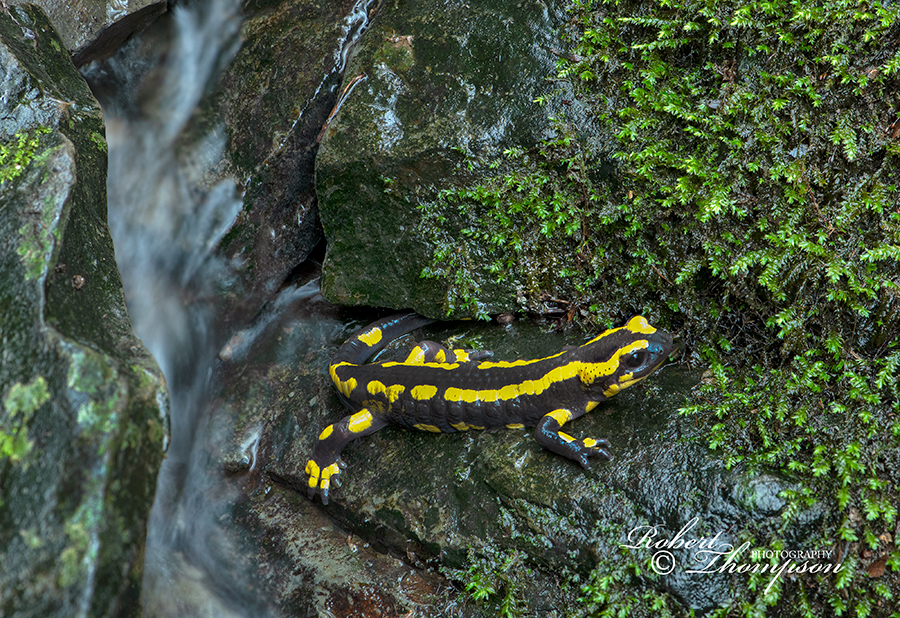
Fire Salamander Salamandra salamandra
Nikon D850, 200mm micro nikkor lens, @ f/11 ISO 800 tripod.
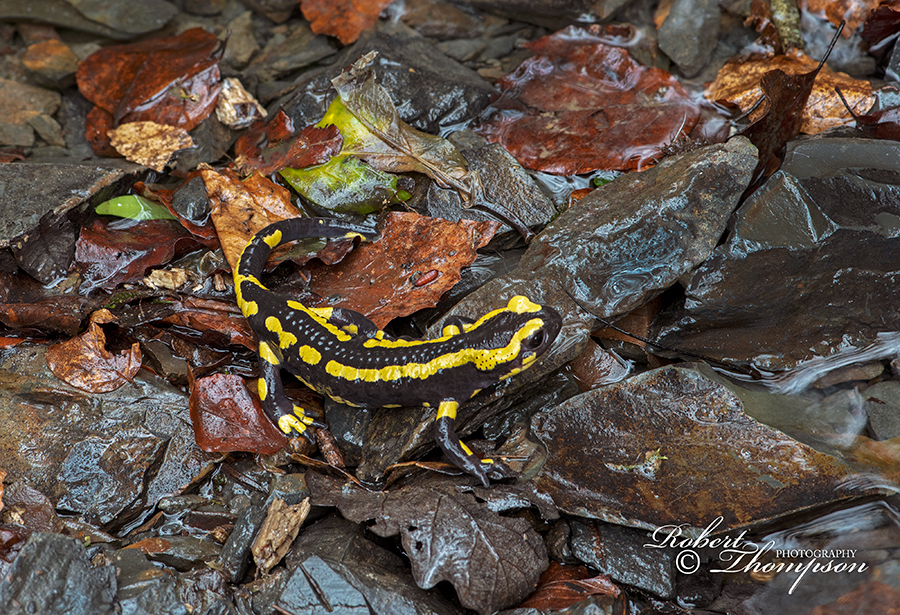
Fire Salamander Salamandra salamandra
Nikon D850, 105mm micro nikkor lens, @ f/11 ISO 800 tripod.
The Fire Salamander is the largest and the most striking of the six species that occur in central and southern Europe. The average length is between 15 to 25cm with some individuals being close to 30cm. The characteristic black body with the conspicuous yellow or orange markings makes this species distinctive and easily recognised.
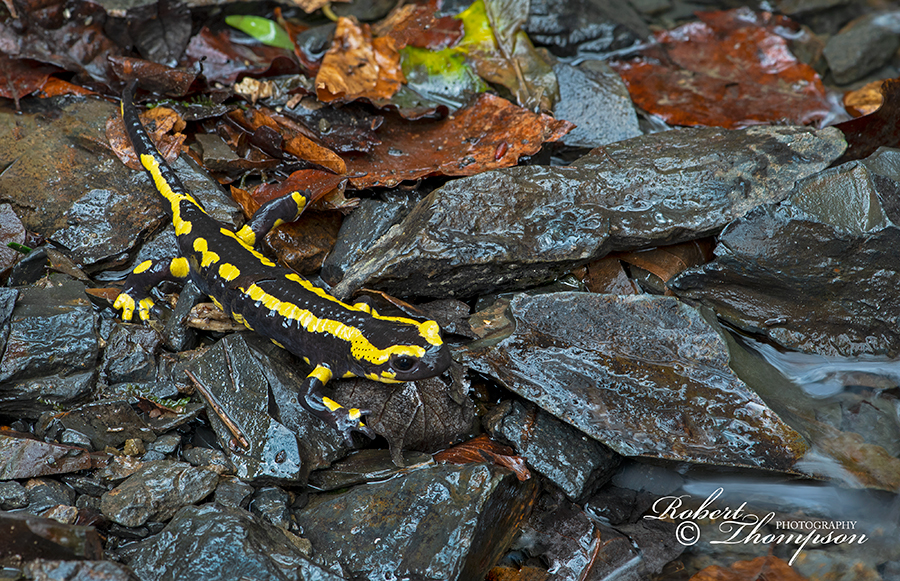
Fire Salamander Salamandra salamandra
Nikon D850, 105mm micro nikkor lens, @ f/11 ISO 800 tripod.
Salamanders are shy elusive creatures, sensitive to any increase in temperature and therefore occur mainly in the shady areas of natural woodland preferring to conceal themselves by day under mossy logs, in crevices and clefts often covered with leaves where they can remain cool. They favour small brooks and streams where they can soak in the water as they are not efficient swimmers. Adults are mainly nocturnal and are seldom seen during the day except near dusk, or during prolonged rain in heavy overcast conditions.
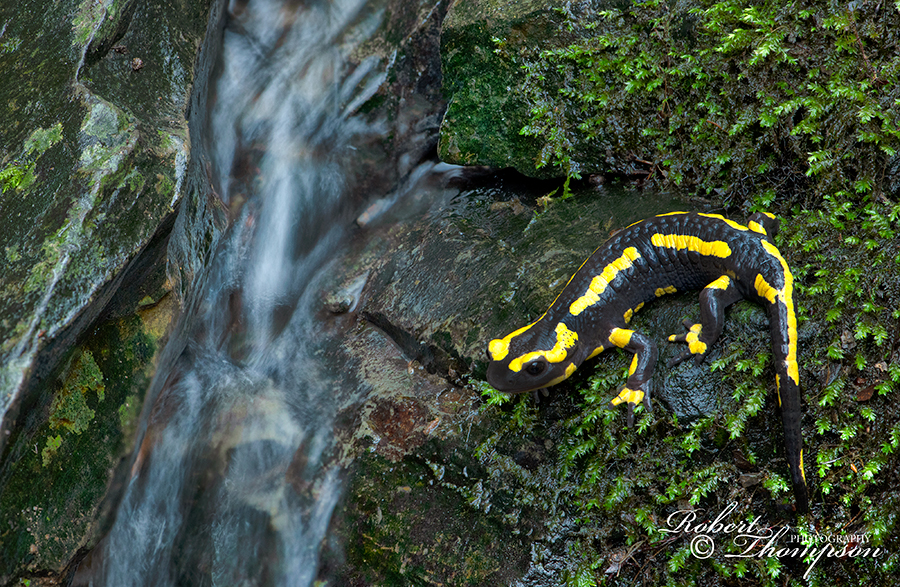
Fire Salamander Salamandra salamandra
Nikon D850, 200mm micro nikkor lens, @ f/11-16 ISO 800 tripod.
The conspicuous bright colouration of adults acts as a warning to predators that it is venomous and should be avoided. The venom is secreted from the parotid glands in the skin situated at the back of the eyes and along its back in two distinct rows. Other means of defence and protection is the tail, which it can detach if the adult is held by a predator giving it time to evade capture.
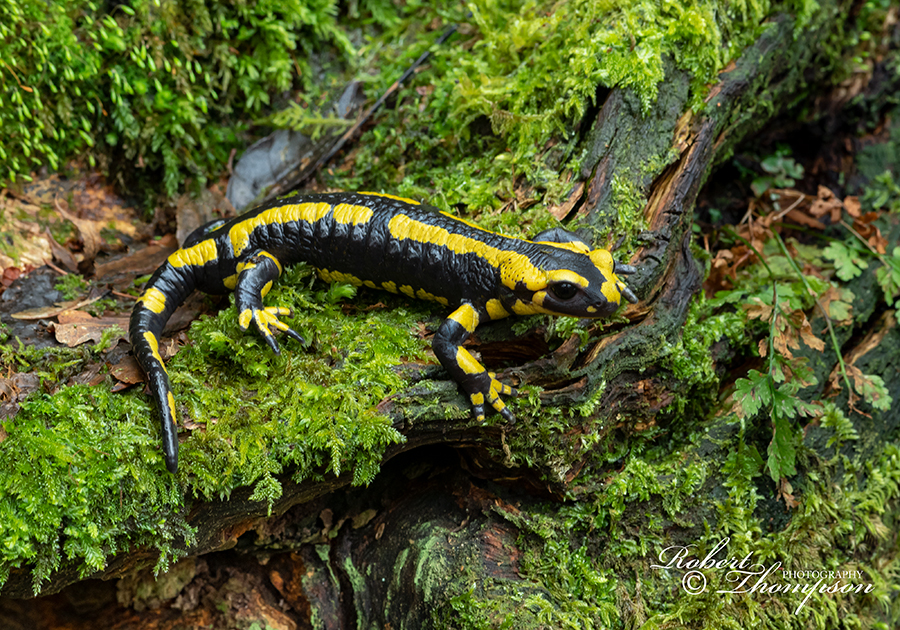
Fire Salamander Salamandra salamandra
Nikon D850, 105mm micro nikkor lens, @ f/11 ISO 400 tripod.
Sadly this amazing amphibian is in decline throughout much of its range in Europe. Although according to the IUNC red list this species is not endangered, however, the loss of suitable habitat through deforestation, pollution and the use of pesticides are all contributing factors to its decline.

